Bioengineering
Bioengineering transfers methods from engineering sciences to organic materials and also includes findings from the field of IT. The highly complex building plans in biology are now decipherable and permit the targeted manipulation of tissue structures and even of entire living creatures. For example, DNA can be used as a digital data carrier, and 3D printing methods can produce replacement organs.
RECENT DEVELOPMENTS
Several new trends are reshaping the bioengineering industry. They may have a significant impact on the direction health care research takes over the next few years. Representative of the many technologies — like X-rays, biosensors, IVF, cell therapies, surgical robotics, and telesurgery that change how doctors approach patient care in general we would like to give a spotlight in this edition to two of them:
1. Artificial Intelligence in Medical Imaging
AI technology was put into experimental practice during the COVID-19 pandemic when radiologists were overwhelmed by the amount of chest CT scans from patients they needed to analyze. New AI algorithms, trained on data from historical CT scans, were used in various hospitals and research environments as assistive technology. They supported doctors by highlighting potential areas of interest in chest scans and suggesting diagnoses.
According to a meta-analysis published in Nature, these algorithms were, on average, highly accurate — correctly classifying CT scans 90.8% of the time.
2. Bioprinting and Tissue Engineering
Bioprinting or biofabrication technology is similar to 3D printing with plastic filament. However, instead of plastic, bioprinting uses “bio-inks” made up of active human cells and sometimes encased in stabilizing materials. Other biologically active particles, like proteins, DNA, growth factors, and drug particles, may also be used.
Researchers from the University of Toronto (UoT) and Sunnybrook Health Sciences Centre have developed a handheld device capable of 3D bioprinting sheets of skin that can heal burn wounds. Described as a “handheld 3D printer”, the device deposits sheets of material formed by a bioink that covers the wound, helping to accelerate the skin’s healing process. It was designed as an in-situ solution to help accelerate the process of wound healing for patients with severe large-area burns.
IMPLICATIONS FOR THE HEALTH INDUSTRY
Biotechnology holds enormous potential in both good and bad directions. The respective point of view determines the assessment. In a world of increasing inequality, the question arises as to who benefits from biotechnological advances and who does not.
For example, while edible vaccines or new approaches to treating disabilities are almost unreservedly welcomed, genetically modified crops for a warmer world, for example, bred by automated and robotic private „cloud labs“ funded by billionaires donating to „science“ are at least debatable. The impact on biodiversity and ecosystems has not been fully explored, so there is uncertainty about the use of these crops.
Nevertheless, the influx of venture capital for new scientific projects, such as protein engineering or AI applications that explore, for example, the selective destruction of damaged tissue, will continue to increase.
As previously described, the match for approval of new methods and substances is between democratically legitimized states and the large tech corporations that develop the technologies and bring them to market. Individualized cell therapies that cure rare diseases, neural probes that cure disabilities, edible plant vaccines, or phage therapy as an alternative to antibiotic treatment. The list is long and the outcome is uncertain.
Another point of contention may be the genome databases of all(?) citizens – also supported by venture capital. It is unthinkable if these genome databases are hacked, and the data of millions of citizens are sold via „black markets“ and the blockchain.
These issues will shape the future of biotechnology. It will take not only medical -specialist knowledge to understand what it is about and what effects are to be expected, but holistic thinking & knowledge to assess the ethical and legal framework so that informed political(?) decisions can be made.
MICROTRENDS
How Immune Cells Locate Their Targets
The human body has millions of unique B and T cells that roam the body, looking for microbial invaders. These immune cells’ ability to recognize harmful microbes is critical to successfully fighting off infection.
MIT biological engineers have now devised an experimental tool that allows them to precisely pick out interactions between a particular immune cell and its target antigen. The new technique, which uses engineered viruses to present many different antigens to huge populations of immune cells, could allow large-scale screens of such interactions.
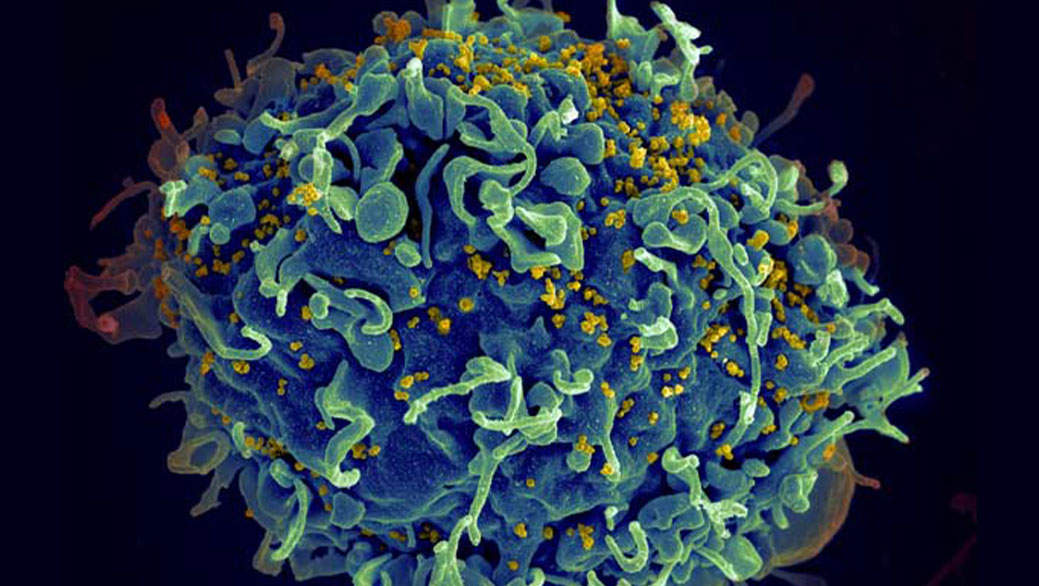
First Successful Implantation of Revolutionary Artificial Vision Brain Implant
While there is currently no cure for blindness, a first-of-its-kind artificial vision system has undergone its first successful implantation, bringing with it the potential to restore partial vision to people who have lost their sight.
The Intracortical Visual Prosthesis (ICVP), an implant that bypasses the retina and optic nerves to connect directly to the brain’s visual cortex, has been successfully surgically implanted in the ICVP study’s first participant at Rush University Medical Center this week. This surgery is part of a Phase I Feasibility Study of an Intracortical Visual Prosthesis for People With Blindness.
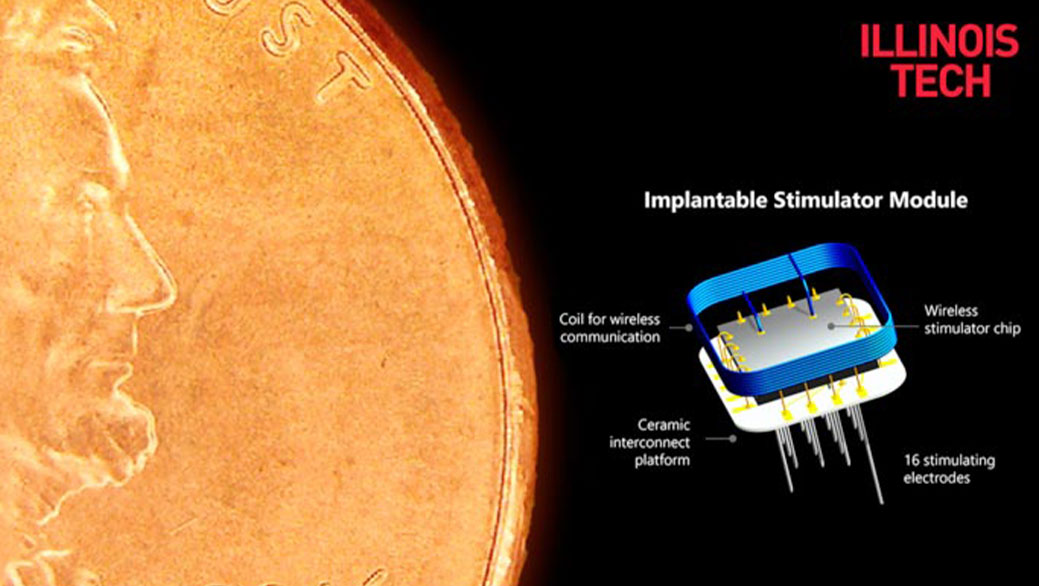
Autonomous Biohybrid Fish
Harvard University researchers, in collaboration with colleagues from Emory University, have developed the first fully autonomous biohybrid fish from human stem-cell-derived cardiac muscle cells. The artificial fish swims by recreating the muscle contractions of a pumping heart, bringing researchers one step closer to developing a more complex artificial muscular pump and providing a platform to study heart diseases like arrhythmia.
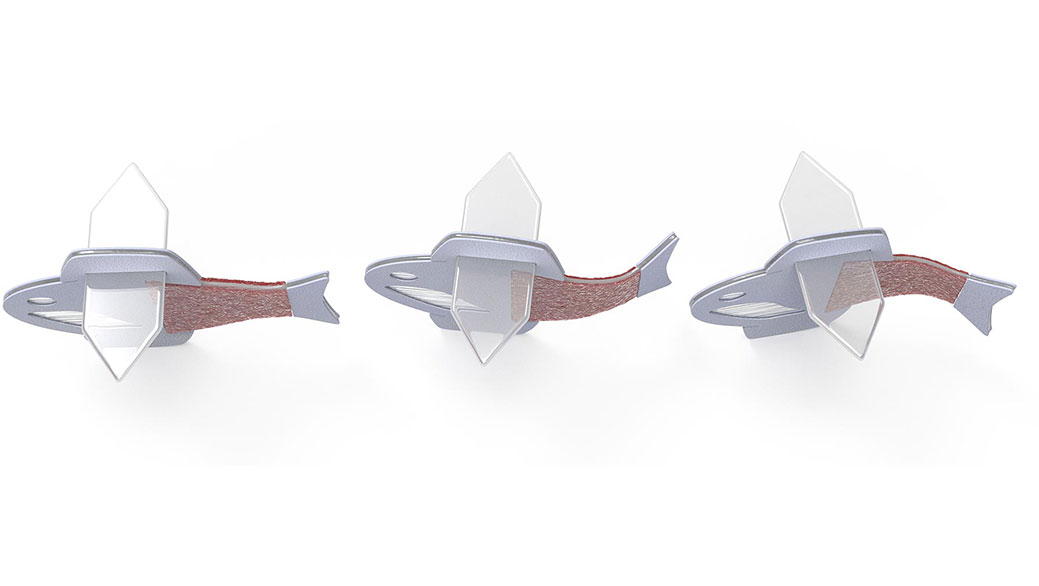
Ginkgo Bioworks
The Boston-based biotech startup specializes in researching the modification of microorganisms. To this end, they work with various partner companies to develop microbes for different concerns. Ginkgo Bioworks has also already partnered with Bayer. In addition, Ginkgo Bioworks is particularly known for the belief within the company that simply anything can be made from bacteria. One of the most well-known projects of this pioneering startup has been in collaboration with Harvard University in Boston. Together, they worked to create scents from plants that were already extinct through tissue samples. The startup was recently allowed to present the essential oils created here at a conference in Boston.

Biosplice
Biosplice, a biotech startup founded by Osman Kibar, focuses on stem cells and is now arguably one of the richest biotech startups. Biosplice’s mission is specified to learn how stem cells can be manipulated to prevent bone and joint diseases, hair loss, and skin diseases. Fundamentally, Biosplice is trying to find a way to manipulate cells from aging humans so that they regenerate as rapidly and smoothly as growing embryos. The San Diego, California-based startup is investing its power, knowledge, and supreme expertise into the research and development of drugs, to promote hair growth, alleviate pain, and optimize joint mobility.
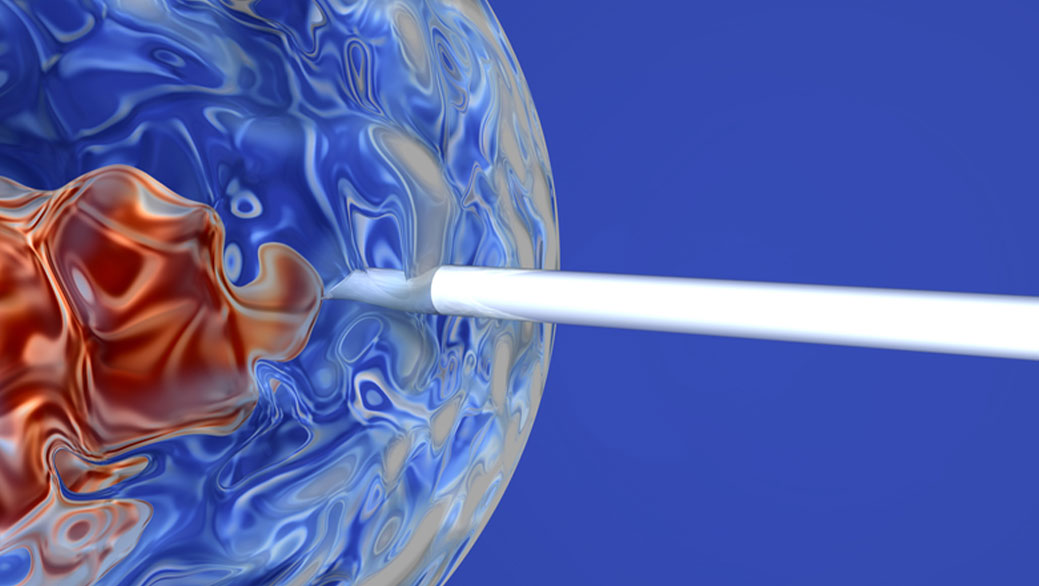
Beam Therapeutics
Beam Therapeutics is headquartered in Cambridge and was founded by David R. Liu and Feng Zhang. The work of this company revolves particularly around the manipulation of the human genome. The goal here is to achieve the possible commercialization of the CRISPR system for DNA sequences. In addition, Beam Therapeutics has developed a base editor that can manipulate and change individual „letters“ of the genetic code without cutting into it. Accordingly, it is not just saying that people should keep an eye on this startup, as it could revolutionize the biotech industry in the future.
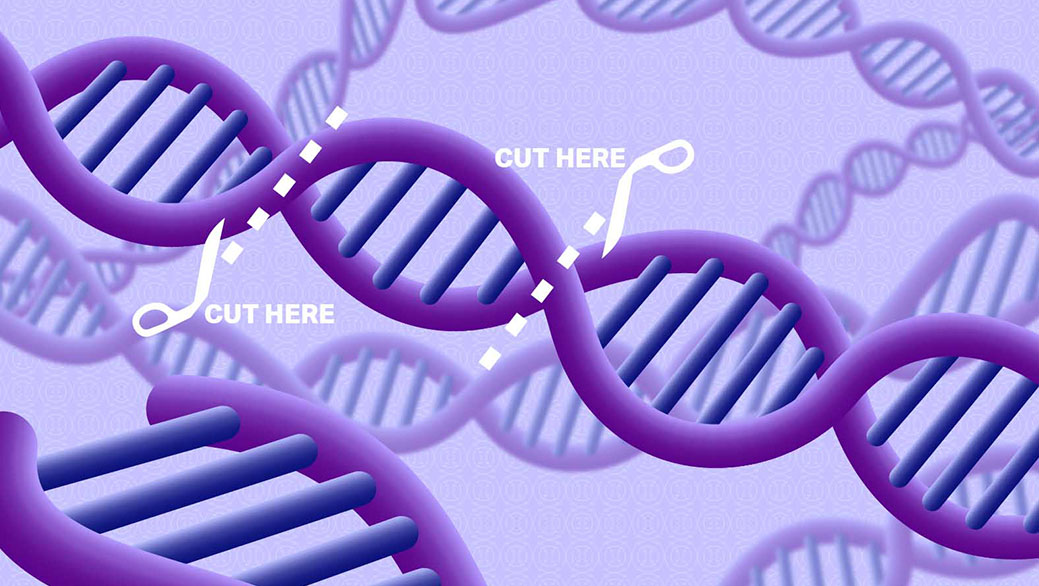
Cerevel Therapeutics
The Massachusetts-based biotech startup was founded in 2018 by Raymond Sanchez. The company’s focus rests on exploring innovative treatments for life-threatening neuroscience diseases and making them available to patients. To this end, Cerevel Therapeutics combines expertise in biology (specifically neurology) with resources in chemistry and pharmacology. In this way, new treatments will be discovered and developed to eventually treat diseases such as epilepsy, Parkinson’s, and schizophrenia. Meanwhile, the company has already partnered with Pfizer and Bain Capital and looks to a future with a lot of potentials.
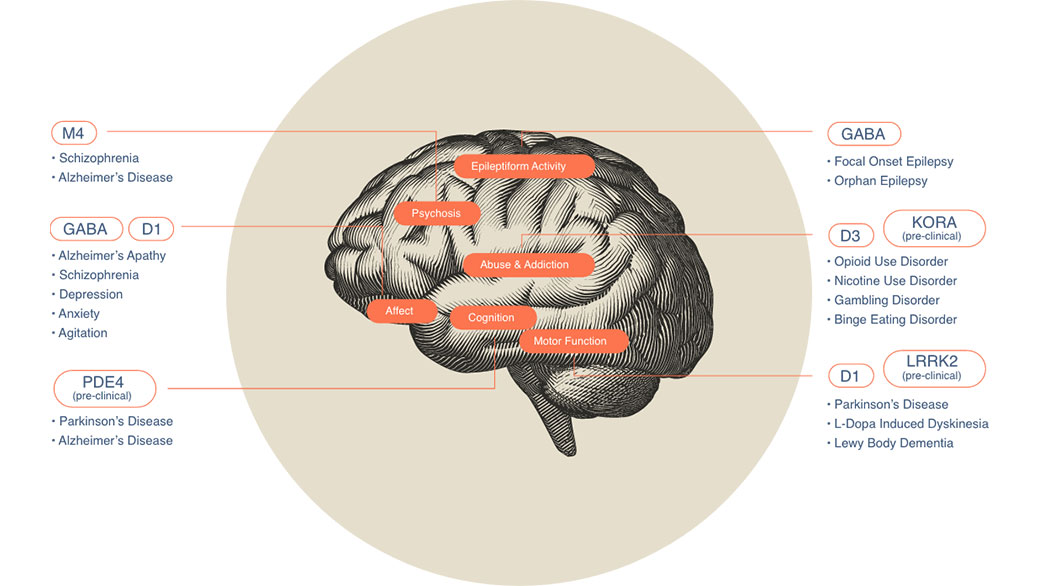
Auris Health
Headquartered in Redwood City, California, we found a biotech startup here that focuses on making surgical robots. Consequently, they are developed to complete minimally invasive treatments with the highest precision. For example, robots are used to treat cancer cells, among other things, to counteract the progression of the disease. By using surgical robots, surgeons can control operations through a screen while the actual surgery is performed by the robot. Meanwhile, Auris Health is partnering with Johnson & Johnson to further revolutionize the medical robotics market.
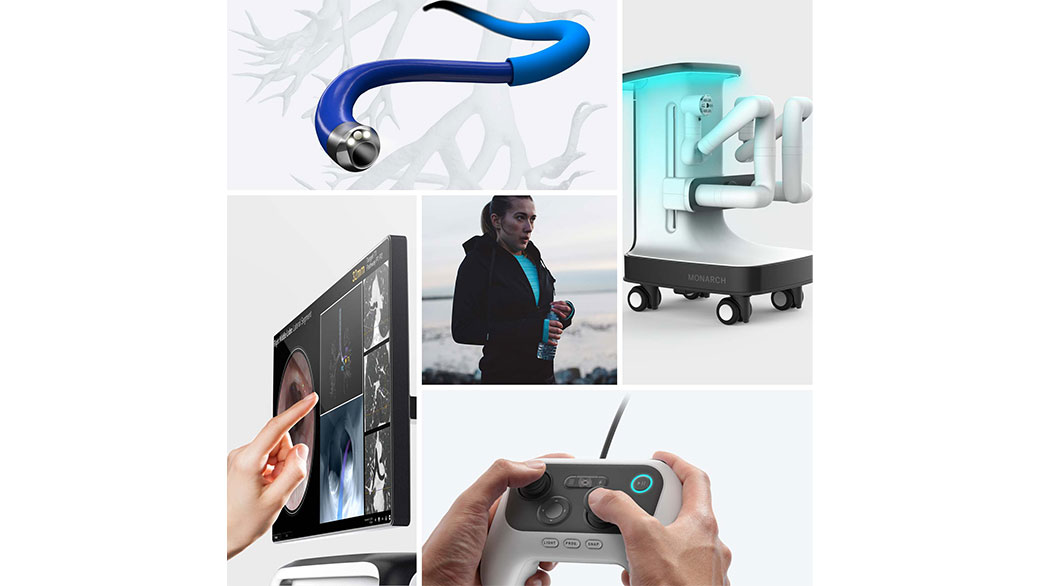
SOURCES
INFORMATION
PICTURES
Main Picture: Getty Images
Microtrend 1: scitechdaily.com
Microtrend 2: innovations-report.com
Microtrend 3: scitechdaily.com
Microtrend 4: digital-science.comg
Microtrend 5: stemcellsgroup.com
Microtrend 6: kilobaser.com
Microtrend 7: cerevel.com
Microtrend 8: images.ctfassets.net

